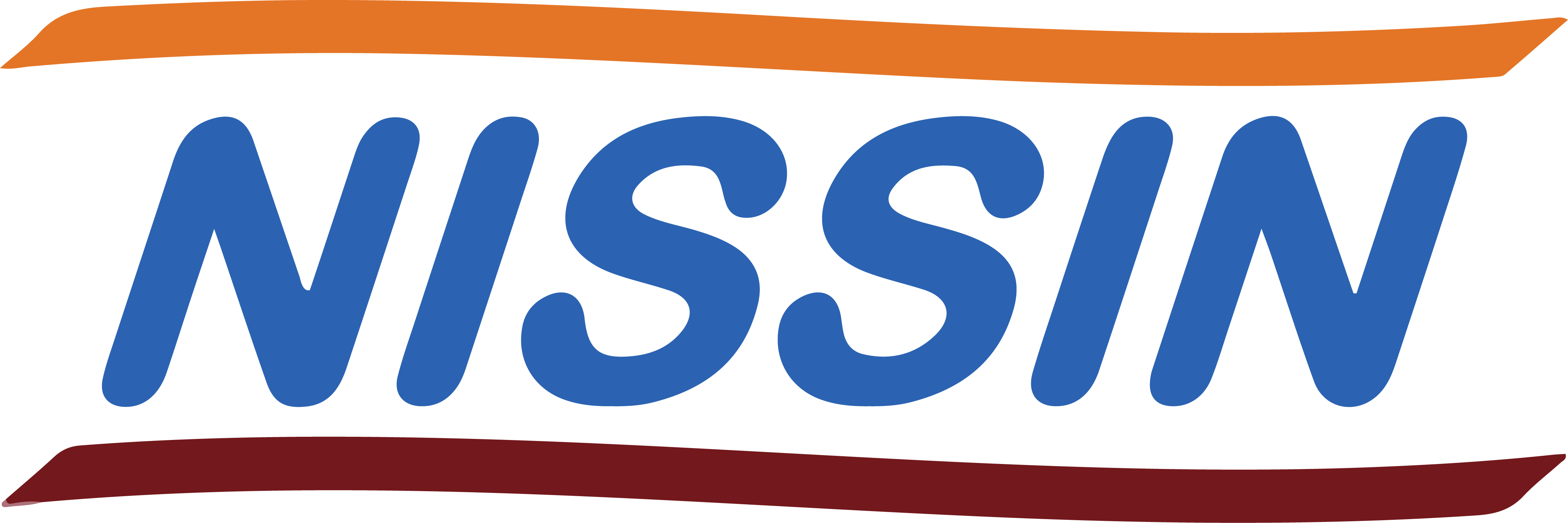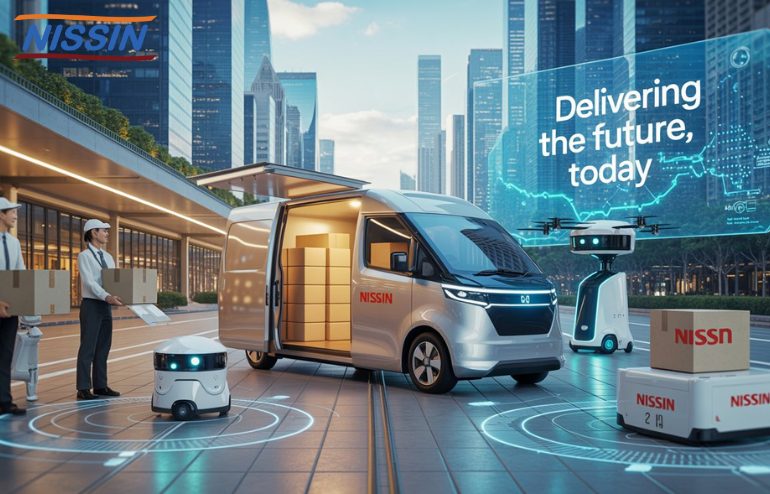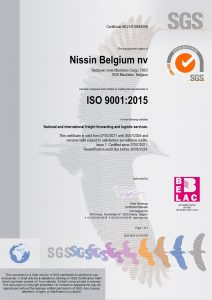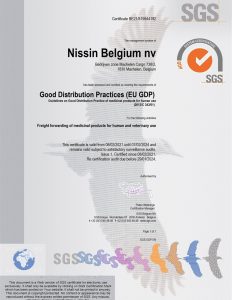Innovations in Last-Mile Delivery: Meeting E-Commerce Demands
As e-commerce continues to reshape consumer expectations, logistics providers are under growing pressure to deliver faster, more reliably, and with greater transparency. Among the many challenges in this evolving landscape, last-mile delivery stands out as one of the most complex. It’s the final leg of the journey — and often the most expensive and time-sensitive.
To meet these demands, businesses are turning to new strategies and technologies that streamline operations without compromising on speed or customer experience. From smart route optimization for last-mile delivery to real-time delivery tracking, innovations in last-mile logistics are rapidly transforming how goods reach our doorsteps. One area gaining attention for its efficiency and speed is air shipping, which plays a crucial role in solving many of the bottlenecks associated with last-mile challenges.
Why Last-Mile Delivery Is So Challenging
Last-mile delivery is all about getting goods from a distribution hub to the end customer as quickly and cost-effectively as possible. But the process is riddled with obstacles: unpredictable traffic, failed delivery attempts, high costs per package, and customer demand for same-day or next-day shipping.
For retailers, delays or inefficiencies in the last mile can harm their reputation and result in lost customers. For logistics companies, it’s a constant balancing act between cost control and service speed. That’s why innovation isn’t just helpful—it’s necessary.
Air Shipping: Speed Meets Scale
While air transport is traditionally associated with long-haul international freight, it’s also becoming essential in improving last-mile delivery for certain markets. As distribution centers are built closer to urban areas, using air shipping for regional or domestic hops reduces transit times and helps fulfill high-priority orders.
Same-day delivery services, especially for high-value or perishable items, often rely on air transport to move packages between cities before handing them off to local couriers. This hybrid model allows companies to bypass slower ground networks during peak times and avoid delays that can occur in congested areas.
For global retailers, integrating air shipping into last-mile logistics provides the speed required for express delivery services, without sacrificing the reach needed to serve international customers.
The Rise of On-Demand Delivery Services
Consumer expectations have shifted dramatically: today’s shoppers anticipate delivery within hours of placing an order. To meet this demand, on-demand logistics providers leverage gig-economy drivers, strategically located micro-fulfillment centers, and AI-driven route optimization to ensure rapid, reliable service.
Retailers are collaborating with third-party logistics providers (3PLs) and even crowdsourced fleets to expand their last-mile capabilities. These systems allow for rapid scaling in urban environments and better geographic coverage in suburban and rural zones.
In many cases, the success of on-demand models relies on data. Real-time demand forecasting, inventory tracking, and dynamic dispatching make it possible to respond to orders almost instantly while minimizing delays.
Smart Route Optimization for Last-Mile Delivery
Reducing delivery time doesn’t just mean driving faster — it means driving smarter. Route optimization for last-mile delivery uses algorithms to calculate the most efficient path for delivery drivers, taking into account variables like traffic patterns, delivery windows, vehicle capacity, and even weather conditions.
This technology isn’t new, but recent advances have made it far more accurate and accessible. Today’s software platforms can adjust routes on the fly, reassign deliveries mid-route, and even prioritize stops based on customer location or urgency.
For businesses, these tools lead to lower fuel costs, fewer failed deliveries, and better overall customer satisfaction. For customers, it means a more predictable and reliable experience — no more waiting all day for a package.
Real-Time Delivery Tracking: Transparency in Transit
One of the most significant breakthroughs in last-mile logistics has been the rise of real-time delivery tracking. Consumers want to know exactly when their order will arrive — and modern systems make that possible.
GPS tracking, integrated with customer-facing apps, allows buyers to monitor the status of their deliveries in real time. From the moment a package leaves the warehouse to its final arrival, updates are automatically shared with the customer. This level of visibility reduces missed deliveries and builds trust.
On the operations side, real-time tracking also helps dispatchers monitor fleet performance, spot potential delays early, and reroute drivers as needed. Combined with customer feedback loops, it allows companies to identify bottlenecks and improve their service over time.
Nissin Belgium: A Leader in Logistics Innovation
In this landscape of rapid change, Nissin Belgium is leading the way by combining expertise, technology, and flexibility to meet e-commerce’s evolving demands. With a focus on high-quality air freight and integrated logistics solutions, Nissin Belgium connects businesses to global and regional markets, reducing delivery times and improving reliability.
Our emphasis on air shipping isn’t just about speed — it’s about providing a seamless connection between long-haul transport and last-mile delivery. By offering specialized services like express air freight and regional air solutions, Nissin Belgium supports businesses looking to stay competitive in fast-moving markets. Our commitment to route optimization for last-mile delivery, combined with transparent tracking and real-time communication, ensures that customers receive their orders exactly when and where they expect them.
Nissin Belgium’s Comprehensive Edge
Nissin Belgium doesn’t just deliver packages; we deliver full-spectrum logistics solutions, including:
1. Special Air Car Container designed for high-value or delicate goods at major events
2. In-house consolidation to optimize shipment costs and compliance
3. Fumigation and customs services to clear goods quickly through international borders
4. Global warehousing with temperature-controlled and dangerous-goods storage options
5. Expertise in local & international regulations, backed by IATA, AEO, GDP, RA, and DG certifications
6. Proactive communications, keeping you updated throughout the journey
7. A multicultural team trained to meet diverse client needs and standards
With these capabilities, businesses can confidently combine air shipping with ground delivery, on-demand services, and smart routing—creating a truly end-to-end logistics advantage.
Meeting the Future of Delivery
The pressure to deliver quickly and reliably isn’t going away — if anything, it’s increasing. Businesses that want to stay competitive in the e-commerce space need to rethink how they handle the last mile. That might mean investing in better tracking software, exploring air freight options for faster delivery, or integrating on-demand delivery services to reach customers more effectively.
Each solution brings its own challenges, but the common thread is innovation. As technology evolves, so too will the strategies used to meet e-commerce demands. Companies like Nissin Belgium are paving the way, offering flexible logistics solutions that combine air, ground, and technology-driven services to keep businesses moving forward.
Ready to Optimize Your Shipping?
If your business is looking to improve last-mile performance or expand delivery reach through air shipping, our team at Nissin Belgium can help. We offer fast and flexible air freight services that connect you to global and regional markets with confidence. Please call us at +32 2 751 44 99 or email your requirements to – HowCanIHelpYou@be.nissin-eu.com to streamline your logistics and meet your customers’ expectations, from warehouse to doorstep.






